Life on the road as a truck driver presents unique challenges that require specialized equipment. From navigation hazards to legal requirements, from fatigue management to simple survival, the right tools can mean the difference between a successful career and a dangerous, costly mistake. Here’s an in-depth look at the ten most essential items every professional truck driver needs, the problems they solve, and how they work.
Truck-Specific GPS
Good Dash Cam
Truck Mattress
Portable 12V Refrigerator
Power Inverter
Quality Work Gloves and Steel-Toe Boots
Comprehensive First Aid Kit.
Reflective Safety Vest and Emergency Triangles
Quality Bluetooth Headset
Digital Tire Pressure Gauge and Portable Inflator
1. Truck-Specific GPS (Garmin Dezl / Rand McNally TND)
The Problem: Standard consumer GPS devices like Google Maps or Apple Maps don’t account for commercial vehicle restrictions. Truck drivers face catastrophic consequences when routed under low bridges, onto weight-restricted roads, or through residential areas with truck bans. A single wrong turn can result in thousands of dollars in fines, damaged equipment, or even criminal charges if you damage infrastructure.
How It Works: Truck-specific GPS units require drivers to input their vehicle’s specifications, including height, weight, length, width, and cargo type (such as hazmat). The device then calculates routes that only use roads that are both legally and physically accessible to that specific vehicle. These units integrate real-time data about construction, road closures, and weather conditions. They also incorporate truck-friendly points of interest like weigh stations, rest areas with truck parking, and truck stops with specific amenities.
Benefits:
- Avoids costly mistakes like hitting low clearance bridges (which can cost $10,000-$50,000 in damages)
- Prevents traffic violations and fines from entering restricted zones
- Plans efficient routes that account for fuel stops and mandatory rest breaks
- Reduces stress and allows drivers to focus on safe operation rather than constant route anxiety
- Saves time and fuel by optimizing routes for commercial vehicles
- Many models include Bluetooth for hands-free calling and weather alerts
2. Reflective Safety Vest & Emergency Triangles
The Problem: Breakdowns and emergencies happen on dark highways, in bad weather, and in areas with poor visibility. Every year, truck drivers are struck and killed while inspecting their vehicles or dealing with roadside issues. Federal Motor Carrier Safety Administration (FMCSA) regulations require specific safety equipment, and failure to have them during DOT inspections results in violations and potential out-of-service orders.
How It Works: High-visibility reflective vests use retroreflective material that bounces light back toward its source, making the wearer visible from up to 1,000 feet away in vehicle headlights. Emergency warning triangles must be placed at specific distances (10 feet, 100 feet, and 200 feet) behind a stopped vehicle to warn approaching traffic. The triangles are typically red or orange with reflective strips and must be visible from 500 feet in normal sunlight.
Benefits:
- Compliance with 49 CFR 392.22 (DOT safety equipment requirements)
- Dramatically increases visibility during roadside emergencies, reducing accident risk
- Protects the driver and other motorists by providing advance warning
- Avoids violations during DOT inspections (which affect your safety rating and CSA scores)
- Costs only $20-$40 but can literally save your life
- Required by law, so having them prevents being placed out of service
3. Dash Cam
The Problem: Truck drivers are frequently blamed for accidents they didn’t cause. Without video evidence, it becomes a “he said, she said” situation where insurers and courts may side against the commercial driver. Fraud is also rampant, with “crash for cash” schemes specifically targeting trucks. A single wrongful accusation can destroy a driving career, cost tens of thousands in legal fees, and result in skyrocketing insurance premiums.
How It Works: Modern dash cams continuously record video footage in loops, typically storing 12-72 hours of footage on SD cards. When an impact is detected (via G-sensor/accelerometer), the device automatically locks that footage to prevent it from being overwritten. Advanced models include GPS tracking, speed recording, dual cameras (forward and cabin-facing), night vision capabilities, and cloud backup. Some integrate with ELD systems and fleet management software, automatically uploading incident footage to company servers.
Benefits:
- Provides irrefutable evidence in accident disputes and insurance claims
- Protects against fraudulent claims and staged accidents
- Can reduce insurance premiums (some insurers offer 10-15% discounts)
- Records aggressive drivers, road rage incidents, and dangerous conditions
- Helps exonerate drivers wrongly accused of violations
- Captured footage can be used to improve driving skills and identify risky behaviors
- Many models cost $100-$300 but can save hundreds of thousands in liability costs
- Some units include driver coaching features that alert for harsh braking, acceleration, or distracted driving
4. Tire Pressure Gauge & Inflator
The Problem: Tire blowouts are one of the leading causes of truck accidents and roadside breakdowns. Improperly inflated tires increase fuel consumption (costing thousands annually), cause uneven wear that shortens tire life, and create dangerous driving conditions. Pre-trip inspections require checking tire pressure, and DOT violations for tire conditions can result in out-of-service orders. Under-inflated tires generate excessive heat and are prone to catastrophic failure, especially in hot weather or when carrying heavy loads.
How It Works: Digital tire pressure gauges provide accurate PSI readings that drivers compare against manufacturer specifications (typically 100-110 PSI for steer tires, 80-100 PSI for drive and trailer tires). Portable inflators plug into the truck’s power outlet or battery and pump air into tires to correct low pressure. Commercial-grade inflators can handle the high PSI requirements of truck tires, unlike consumer models. Some advanced systems include TPMS (Tire Pressure Monitoring Systems) that provide real-time alerts when pressure drops below safe levels.
Benefits:
- Prevents dangerous blowouts that can cause loss of control or rollovers
- Improves fuel economy by 3-5% when tires are properly inflated (saving $1,500-$3,000 annually)
- Extends tire life by preventing premature wear (tires cost $400-$600 each)
- Ensures compliance with DOT pre-trip inspection requirements
- Identifies slow leaks before they become roadside emergencies
- Reduces risk of flat tires in remote areas where help is hours away
- Takes only 2-3 minutes per tire to check, preventing hours of downtime
- Professional-grade inflators cost $100-$200 but pay for themselves in fuel savings within months
5. Power Inverter (1500W or Higher)
The Problem: Modern life requires electricity, but trucks run on 12V DC power while most appliances and electronics require 110V AC power. Without a power inverter, drivers can’t use microwaves, refrigerators, laptops, or charge multiple devices. This forces them to idle their engines for hours (wasting fuel and violating anti-idling laws) or depend entirely on expensive truck stop facilities. Poor nutrition and inability to store fresh food contribute to the serious health problems common among truck drivers.
How It Works: Power inverters convert the truck’s 12V or 24V DC battery power into standard 110V AC household current. They connect directly to the truck’s battery system (hard-wired installation) or plug into 12V outlets for smaller units. Quality inverters include safety features like overload protection, low battery shutdown, and cooling fans. Pure sine wave inverters (more expensive) provide clean power suitable for sensitive electronics, while modified sine wave inverters (cheaper) work fine for basic appliances. A 1500-2000W inverter can typically run a microwave, small refrigerator, and charge multiple devices simultaneously.
Benefits:
- Eliminates need to idle engine for power (saving $3,000-$5,000 annually in fuel)
- Enables use of essential comfort items: microwave, refrigerator, coffee maker, laptop
- Charges multiple devices simultaneously: phones, tablets, laptops, e-readers
- Supports healthier eating by enabling food storage and preparation
- Reduces dependency on expensive truck stop facilities
- Improves quality of life during mandatory rest periods and downtime
- Can power medical devices like CPAP machines for drivers with sleep apnea
- Professional installation ($200-$400) plus unit cost ($150-$400) is recovered within a few months through fuel savings
6. First Aid Kit
The Problem: Medical emergencies on the road can happen anywhere, often far from hospitals or emergency services. Minor injuries from cargo handling, slips, cuts, or burns can become serious if untreated. Severe emergencies like heart attacks, diabetic episodes, or traumatic injuries require immediate intervention before paramedics arrive. The FMCSA mandates that trucks carry first aid kits, and failure to have one results in violations during inspections.
How It Works: Commercial first aid kits contain bandages, gauze, antiseptic wipes, adhesive tape, scissors, tweezers, pain relievers, and basic medications. They’re organized for quick access during emergencies and sealed to maintain sterility. DOT-compliant kits meet specific requirements outlined in 49 CFR 393.95. Advanced kits include CPR face shields, emergency blankets, splints, blood clotting agents, and detailed instruction cards for treating various injuries. Drivers should regularly check expiration dates and replenish used items.
Benefits:
- Enables immediate treatment of minor injuries, preventing infection and complications
- Can provide life-saving intervention during cardiac events or severe bleeding
- Meets DOT compliance requirements (49 CFR 393.95)
- Treats common trucker injuries: cuts from straps, burns from equipment, muscle strains
- Provides peace of mind when driving through remote areas hours from hospitals
- Can assist other motorists involved in accidents
- Includes medications for common issues: headaches, allergies, upset stomach
- Basic kits cost $30-$50, comprehensive kits $100-$200
- Some items (tourniquets, clotting agents) can prevent death from traumatic injuries until help arrives
7. Work Gloves & Steel-Toe Boots
The Problem: Truck driving involves significant physical labor beyond just steering. Drivers handle chains, straps, tarps, and pallets daily. Loading and unloading cargo, securing loads, connecting trailers, and performing inspections all create injury risks. Hand injuries from sharp metal edges, pinched fingers, and chemical burns are common. Foot injuries from dropped cargo, crushing hazards, and slips on icy surfaces end careers. Without proper protection, a single injury can sideline a driver for weeks or permanently damage joints and bones.
How It Works: Quality work gloves use leather, synthetic leather, or specialized materials with reinforced palms and fingers. They protect against cuts, abrasions, punctures, and cold while maintaining dexterity for handling straps and chains. Steel-toe boots contain reinforced caps (steel, composite, or alloy) that protect toes from crushing impacts up to 75 pounds. They feature slip-resistant soles with deep treads for traction on wet, icy, or greasy surfaces. Good boots also provide ankle support and cushioning for drivers who spend hours standing during loading operations.
Benefits:
- Prevents hand injuries from sharp trailer edges, metal straps, and chains
- Protects feet from crushing injuries (cargo, pallets, landing gear)
- Provides traction on slippery surfaces: icy docks, wet trailers, greasy floors
- Improves grip when handling tarps, straps, and load securement equipment
- Keeps hands warm and functional in freezing weather
- Extends career longevity by preventing repetitive strain injuries
- Comfortable boots reduce foot fatigue during long loading/unloading sessions
- Gloves cost $10-$30 per pair (lasting 3-6 months), boots $100-$200 (lasting 1-2 years)
- Many companies require or reimburse these safety items
8. Memory Foam Mattress / Bedding Kit
The Problem: Fatigue is the number one killer of truck drivers. Poor sleep quality leads to slower reaction times, impaired judgment, and microsleep episodes (brief uncontrollable sleep lasting 3-15 seconds at highway speeds). Standard truck sleeper mattresses are thin, uncomfortable, and wear out quickly, causing back pain and sleep deprivation. Drivers who can’t get restorative sleep face serious health consequences including obesity, heart disease, and depression, plus dramatically increased accident risk. The FMCSA has strict hours-of-service regulations precisely because well-rested drivers are safe drivers.
How It Works: Truck-specific memory foam mattresses are cut to fit standard sleeper berth dimensions (typically 35-42 inches wide, 75-80 inches long). Memory foam contours to body shape, distributing weight evenly and reducing pressure points. This promotes better spinal alignment and reduces tossing and turning. Quality mattresses include cooling gel layers or breathable covers to combat heat retention. Complete bedding kits include fitted sheets designed for tight sleeper spaces, pillows, blankets, and mattress protectors. Some drivers add mattress toppers (2-3 inches) to existing mattresses as a budget-friendly improvement.
Benefits:
- Dramatically improves sleep quality, leading to better alertness and reaction times
- Reduces back, neck, and joint pain from hours of driving
- Better sleep lowers accident risk and improves decision-making
- Improves overall health: better sleep reduces obesity, heart disease, and depression risks
- Increases comfort during mandatory 10-hour rest periods
- Custom-fit mattresses maximize limited sleeper space
- Quality mattresses last 5-7 years ($300-$800 investment over thousands of nights)
- Good sleep improves mood, job satisfaction, and career longevity
- Some mattresses include antimicrobial properties for hygiene in enclosed spaces
9. 12V Fridge or Cooler
The Problem: Truck drivers face a nutrition crisis. Limited to truck stop food (expensive, unhealthy) or fast food (even worse), many drivers develop obesity, diabetes, and heart disease. A typical truck stop meal costs $12-$20 and contains 1,500+ calories with excessive sodium and fat. Over a month, that’s $360-$600 in food costs plus devastating health consequences. Without refrigeration, drivers can’t store fresh fruits, vegetables, lean proteins, or leftovers. This forces dependence on processed, shelf-stable foods that contribute to the health crisis affecting the trucking industry.
How It Works: Portable 12V refrigerators (also called compressor coolers) plug directly into the truck’s power system and maintain temperatures from -4°F to 50°F. Unlike traditional coolers that use ice (which melts), these units actively cool using compressor technology similar to home refrigerators but designed for vehicle power and movement. They’re sized to fit in sleeper berths (20-65 liter capacity typical) and include features like digital temperature controls, battery protection (auto-shutoff to prevent dead batteries), and efficiency that draws only 45-60 watts. Some models can switch between 12V/24V DC and 110V AC power.
Benefits:
- Enables healthy eating: store fresh fruits, vegetables, salads, lean proteins
- Saves $200-$400 monthly by avoiding truck stop meals
- Stores leftovers and meal prep for multiple days
- Keeps medications requiring refrigeration at proper temperatures
- Stores cold drinks (saving $3-$5 daily on beverages)
- Improves health outcomes: better nutrition reduces obesity, diabetes, and heart disease
- No need to buy ice or deal with melted water
- Runs efficiently without idling the engine
- Initial cost ($200-$600) recovered within 2-3 months through food savings
- Some models include dual zones (freezer and fridge sections)
- Particularly valuable for drivers with dietary restrictions or health conditions
10. CB Radio or Bluetooth Headset
The Problem: Communication is critical for safety and efficiency, but cell service is unreliable in rural areas, mountains, and remote highways where many truck routes travel. Drivers need real-time information about traffic accidents, road conditions, weather hazards, and weigh station backups. Emergency situations require immediate communication when 911 might be unreachable. Distracted driving laws prohibit holding phones while driving, resulting in tickets averaging $200-$500. Without hands-free communication, drivers can’t talk to dispatch, receive critical updates, or get help during emergencies.
How It Works: CB (Citizen’s Band) radios operate on 40 designated channels using radio frequencies that don’t require cellular networks. Channel 19 is the unofficial trucker channel for highway communication. CB radios transmit 2-3 miles in flat terrain, allowing real-time communication with nearby truckers about hazards, traffic, and conditions. Modern units include weather channels, noise cancellation, and Bluetooth integration. Bluetooth headsets connect to smartphones via wireless technology, enabling hands-free calling that complies with distracted driving laws. Quality headsets include noise cancellation (critical in loud truck cabs), long battery life (12+ hours), and comfortable ear hooks for all-day wear.
Benefits:
- CB Radio Benefits:
- Provides real-time traffic and road condition updates from other drivers
- Works in areas with no cell service
- Warns about accidents, construction, and hazards ahead
- Alerts to police activity and weigh station delays
- Creates community and reduces isolation during long hauls
- Costs $50-$150 with no monthly fees
- Can be used to call for help during breakdowns
- Bluetooth Headset Benefits:
- Enables legal, hands-free communication while driving
- Avoids distracted driving tickets ($200-$500 each)
- Maintains contact with dispatch, family, and customers
- More comfortable than holding phone during hour-long conversations
- Allows drivers to keep both hands on wheel
- Quality headsets ($40-$100) last 2-3 years
- Most include voice commands and multipoint connectivity
Conclusion: Investment in Safety, Health, and Success
These ten items represent an initial investment of approximately $2,000-$4,000, but they’re not expenses—they’re investments in safety, health, efficiency, and career longevity. A single accident prevented by a dash cam or proper GPS can save tens or hundreds of thousands of dollars. The health benefits of good sleep and nutrition can add years to a driver’s career and life. Compliance items prevent violations that damage safety ratings and insurability.
Professional truck drivers understand that their truck is both their workplace and temporary home. Equipping it properly isn’t luxury—it’s necessity. These items solve real, daily problems that impact safety, legal compliance, physical health, mental wellbeing, and financial success. For anyone serious about a trucking career, these ten items aren’t optional accessories—they’re the fundamental tools of the trade.

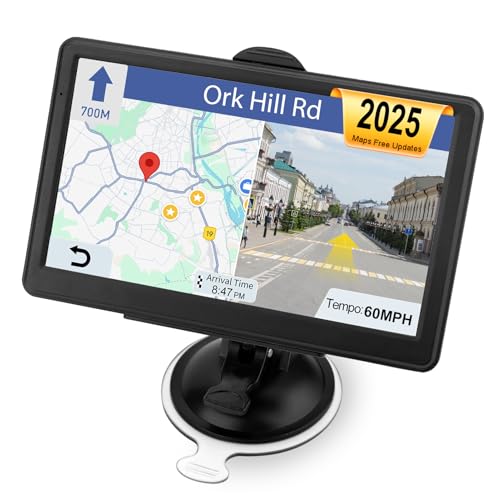
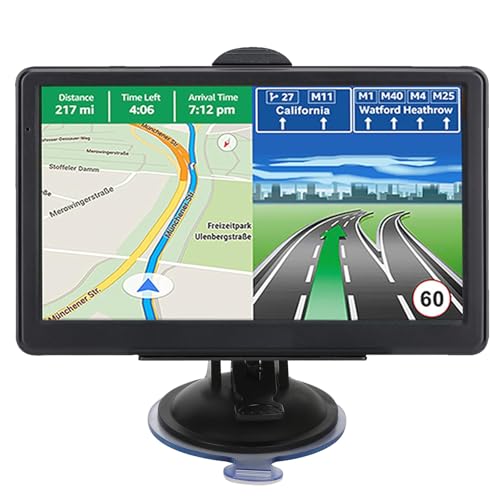
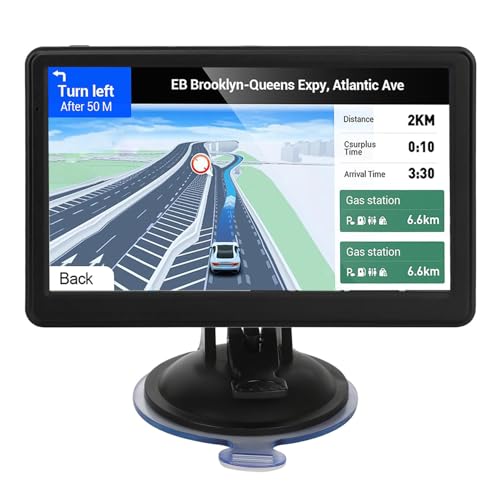
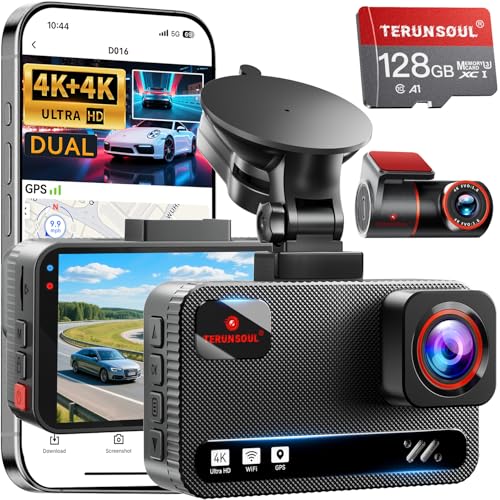
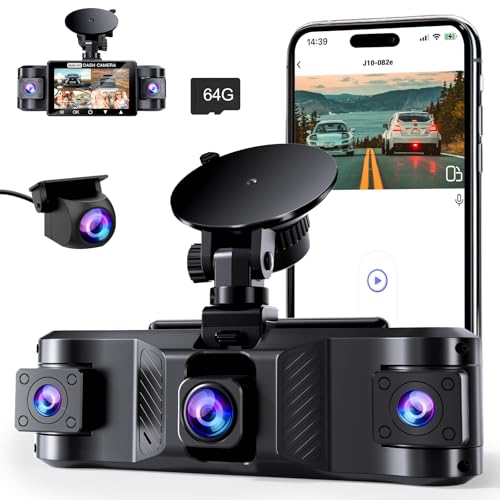
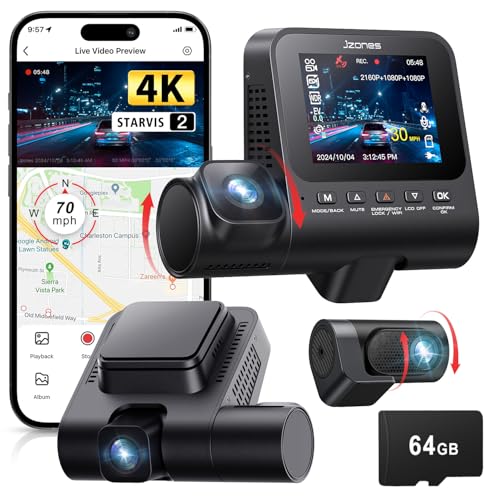
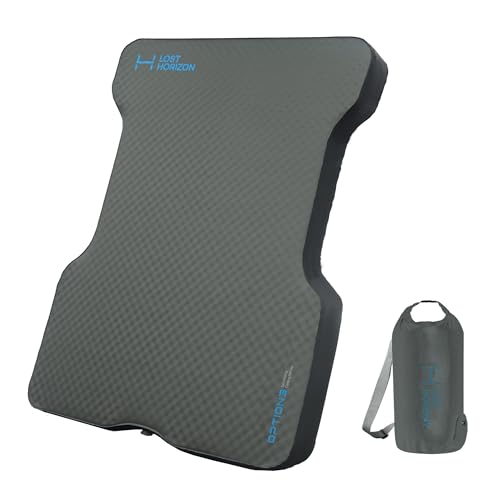
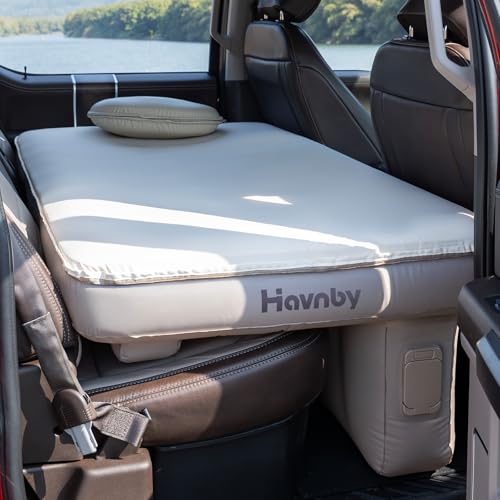
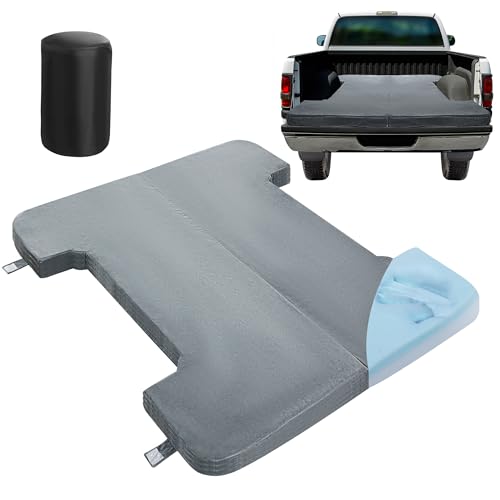
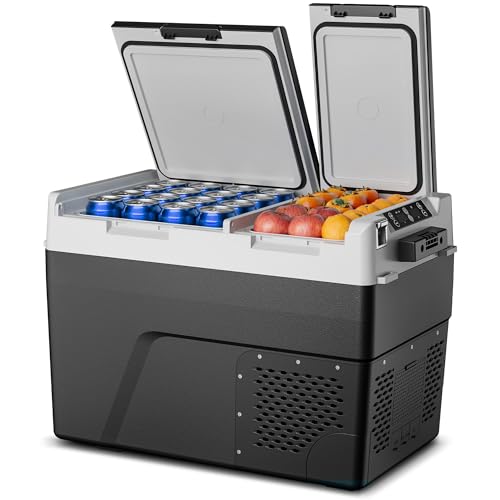

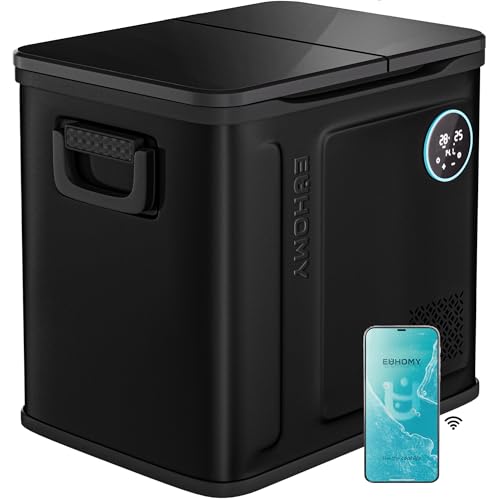
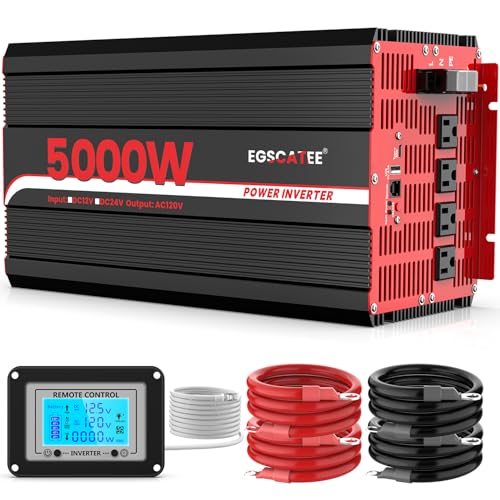
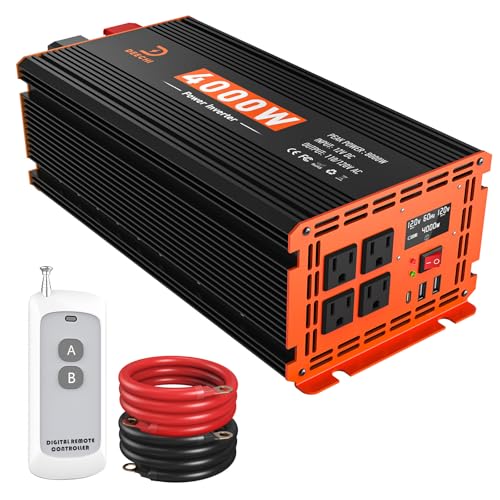




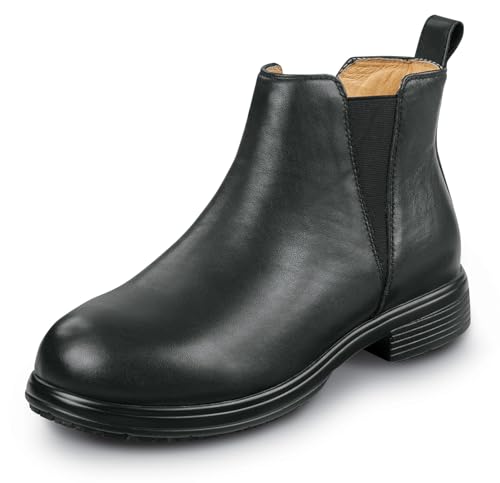

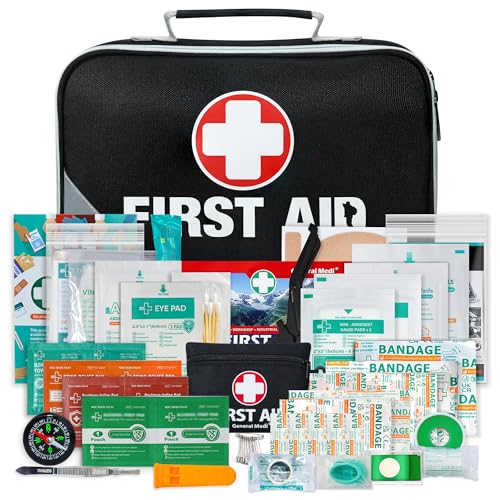
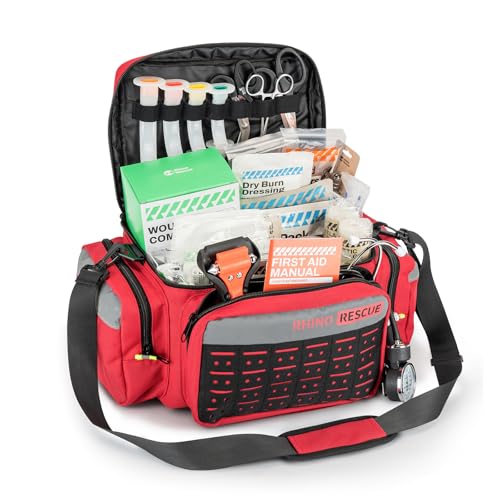
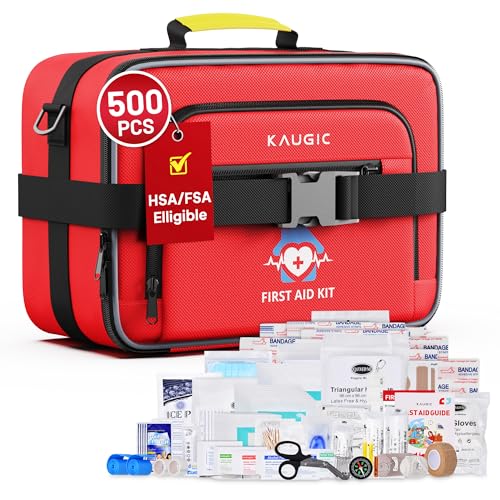
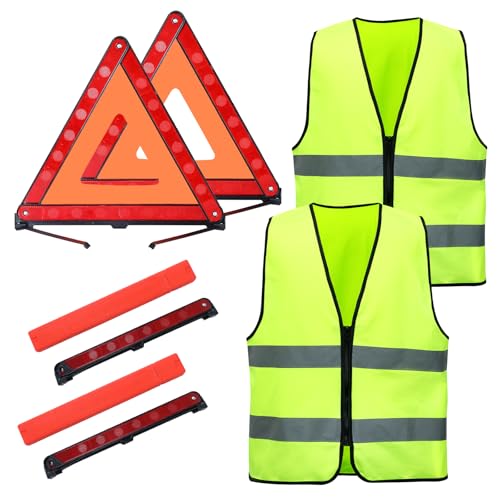
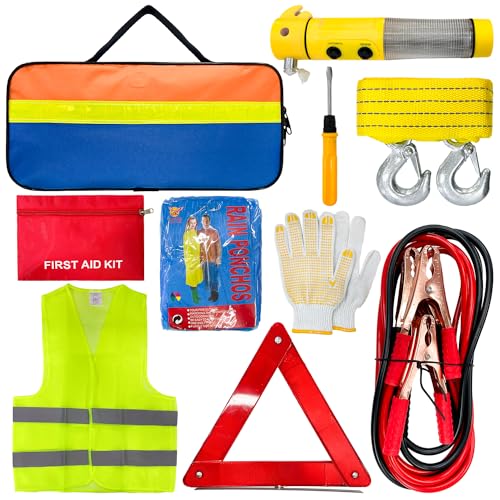

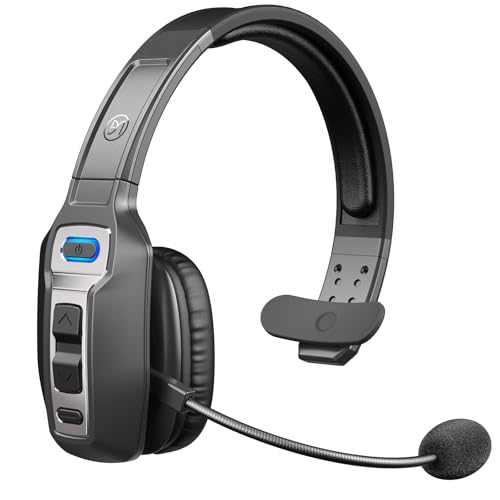
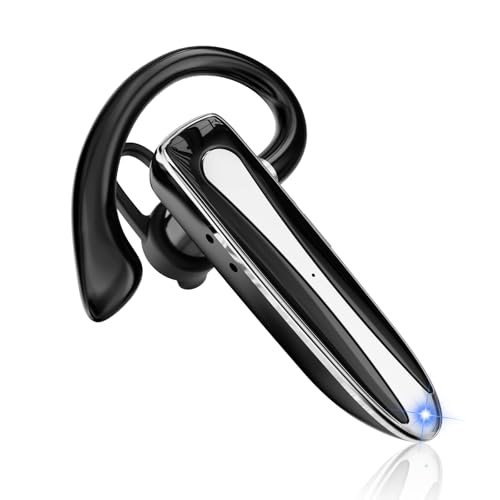
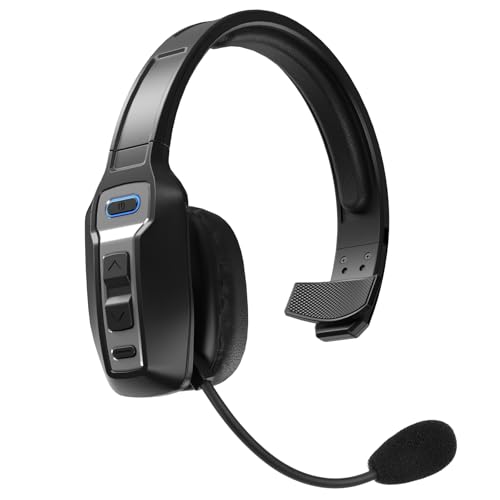


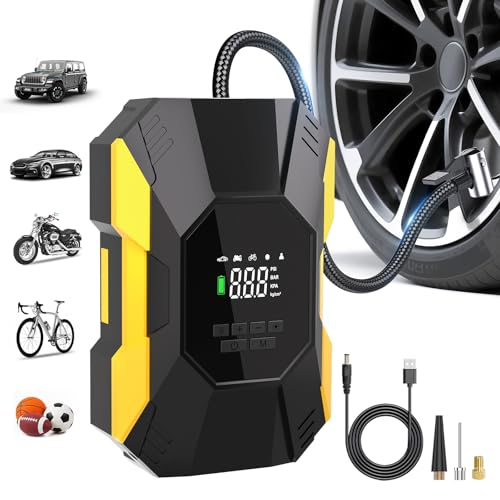
Leave a Reply